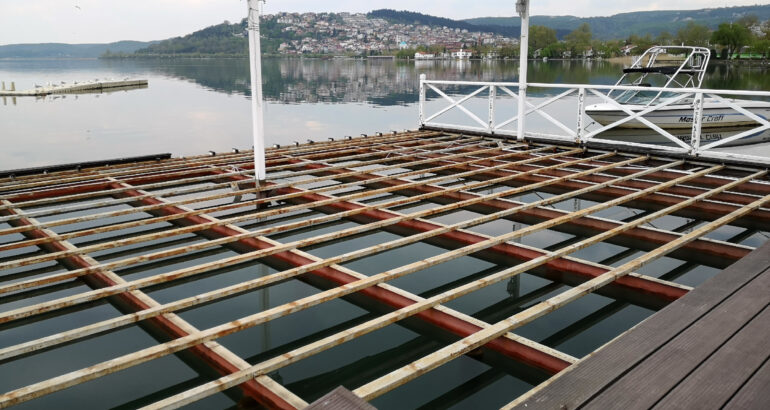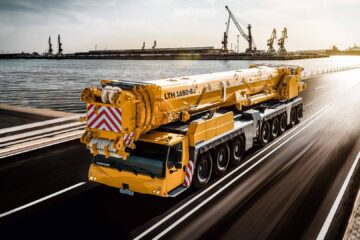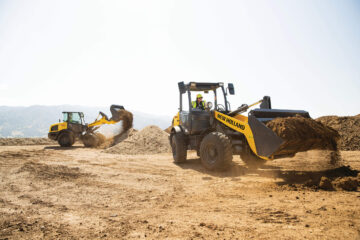GENERAL
The most common uses of wood and timber structures in waterfront facilities involve:
- Older piers, wharves, bulkheads, and quaywalls constructed from dimension lumber, beams and stringers, and round timber piles.
- Fender systems constructed from beams and stringers and round timber piles
- Pile dolphins constructed from round timber piles.
- Groins constructed from beams and stringers and round timber piles.
With the exception of fender systems, floats and camels, most systems have been installed for several decades, in many cases dating back to World War II.
The need to conduct an effective repair program for these facilities is essential if the facilities will continue to be used and if escalating costs of repairs are to be avoided. Postponing the repairs, particularly for bearing piles, can lead to costly replacement or downgrading of the structural capacity of the facility.
Repair Methods
Repair methods for wood and timber structures are generally directed at correcting one or more of the following problem areas: fungal decay, insect damage, marine borer deterioration, abrasion, and overload.
The repair methods to be used must consider the following elements.
- Facility mission and required life.
- Extent of damage and deterioration.
- Estimated life expectancy with and without repairs.
- Projected load capacities.
- Problems associated with mobilization of equipment, personnel, and materials to accomplish repairs/maintenance.
- Economic trade-offs.
PLANNING THE REPAIRS.
Repairing timber structures will be controlled by the availability of skilled personnel and equipment. In many cases, structural repairs, particularly those involving bearing and sheet piling, will be done by contract.
Reviewing Inspection Reports.
The initial planning step must involve a review of prior inspection reports to determine the scope and rate of damage or deterioration, and specific operational constraints placed on the facilities because of the deterioration. Once the scope of repair requirements (including priorities) is established, determining how to do the repairs (whether in-house or by contract) must be determined.
Engineering Considerations.
Any repair of structural members will require experienced design professionals with knowledge of local tidal conditions, building codes, materials, substrate analysis, and construction practices.
Special Skill Requirements.
Surface repairs covering pier decking, string pieces, stringers, pile caps, braces, and fender piles require skills common to the wharf-building trade. Underwater repairs, however, require special skill levels that may not be available with in-house forces. This includes how to remove marine growth, jetting or air lifting procedures, underwater cutting and drilling techniques, and jacketing and wrapping materials used in underwater construction.
Equipment Requirements.
Surface repairs to the pier superstructure and fender system require equipment common to in-house shop forces.
NOTE: Equipment for underwater repairs, however, may include:
- High-pressure water blaster
- Hydraulic grinders with barnacle buster attachment
- Hydraulic drill with bits
- Hydraulic power unit
- Hydraulic chain saw
- Concrete pump with hosing
- Jetting pump with hose
- Rigging equipment
- Float stage and scaffolding
- Clamping template for cutting piles
- Special clamping equipment
- Crane









